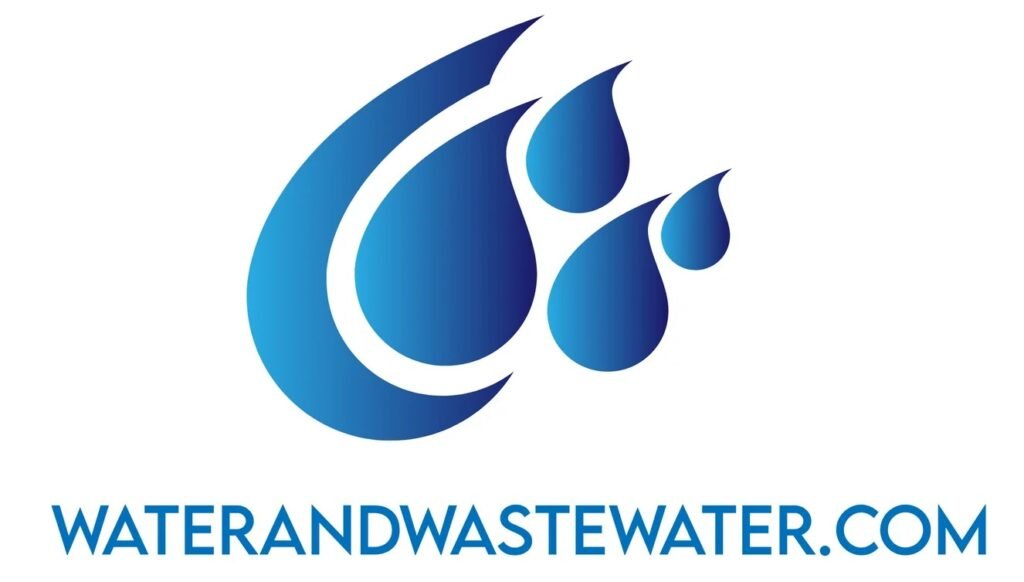
Tag: sustainable
Wastewater treatment tanks play a crucial role in protecting our environment and public health. These large containers are where the magic of cleaning dirty water happens. They come in different shapes and sizes, but all serve the same purpose: to remove harmful substances from water before it’s released back into nature. Wastewater treatment tanks use […]
Wastewater treatment plays a crucial role in protecting public health and the environment. As cities grow and water quality standards become stricter, the cost of treating wastewater has become a major concern for municipalities and industries alike. The average cost of wastewater treatment in the United States ranges from $2 to $5 per 1,000 gallons, […]
Decentralized wastewater treatment is changing how we handle wastewater in communities. This approach treats wastewater close to where it’s produced, instead of sending it to big, central plants. Decentralized systems can be a good fit for many places, helping communities reach environmental, social, and economic goals. These systems come in different sizes and types. They […]
Sludge dewatering is a key step in wastewater treatment. It reduces sludge volume and makes disposal easier. New methods are improving this process. Recent innovations in sludge dewatering are making the process more efficient and environmentally friendly. Mechanical deep dewatering techniques are becoming more popular. These methods use pressure and special additives to remove more […]
Desalination technologies have come a long way in recent years, especially for inland applications. These advances are helping to address water scarcity issues in regions far from the coast. New solar-powered desalination systems can now produce freshwater at costs lower than traditional tap water sources. MIT researchers have developed a solar-powered desalination device that can […]
UV and ozone disinfection technologies have made significant strides in recent years. These methods use powerful light or gas to kill harmful microorganisms in air, water, and on surfaces. UV light at specific wavelengths can disrupt the DNA of pathogens, making them unable to reproduce or cause infections. New types of UV light show promise […]
Water utilities play a crucial role in our daily lives, but they also have a significant impact on the environment. The energy-intensive processes of treating and distributing water contribute to greenhouse gas emissions. Saving water can lead to energy savings and reduced greenhouse gas emissions, making it a key strategy for water utilities to lower […]
Data analytics is revolutionizing utility operations. Companies are using data to make smarter decisions and improve efficiency. By analyzing large amounts of information, utilities can spot trends and fix problems before they happen. Utilities that use data analytics can cut costs, boost reliability, and serve customers better. For example, power companies can use data to […]
Biosolids management has come a long way in recent years. These treated wastewater products can be used as fertilizer for crops and forests. Biosolids improve soil structure by binding soil particles together, creating stable soil with good physical properties. New ways to use biosolids are being developed all the time. Some farms use them to […]
Salinity in wastewater is a growing concern for many industries and communities. High salt levels can harm the environment and make water treatment more difficult. Effective salinity management in wastewater is crucial for protecting ecosystems and ensuring sustainable water resources. Managing salinity involves careful monitoring and control strategies. Soil and water testing labs can analyze […]